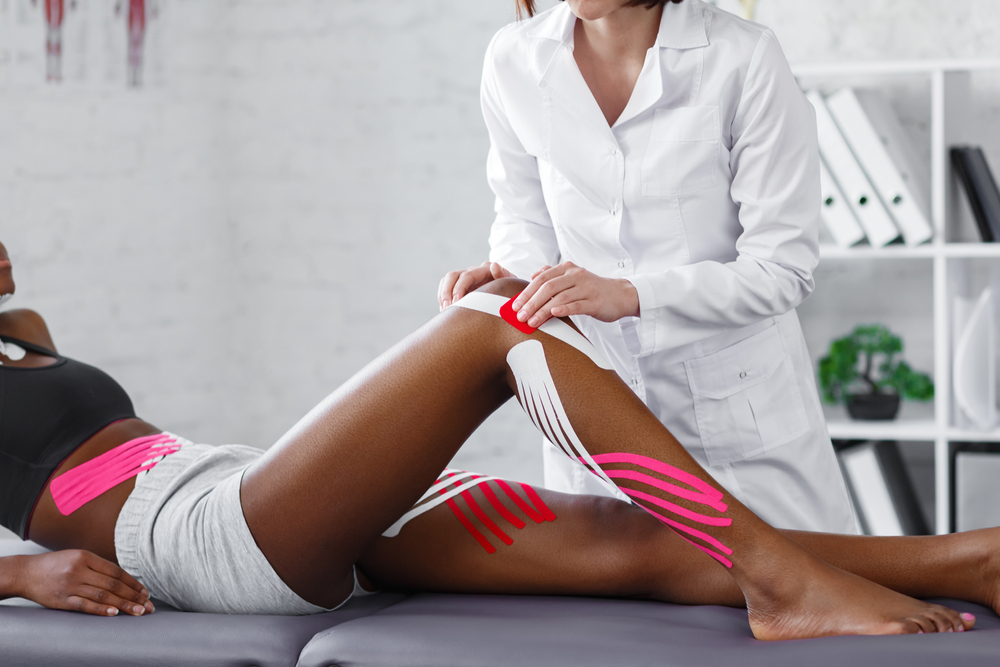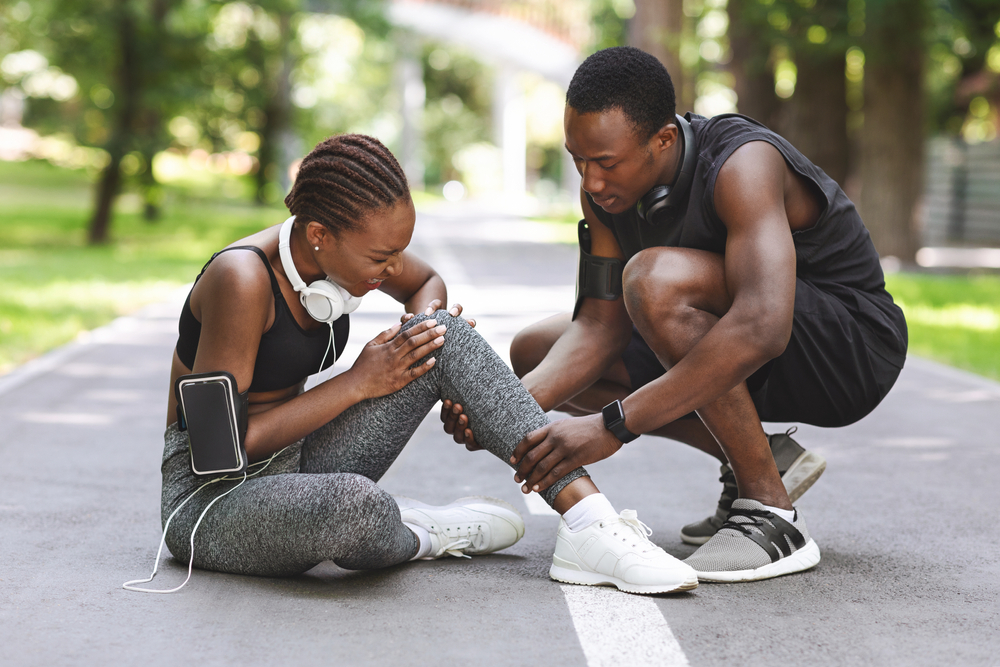Running is an excellent type of cardio workout for many people, but it can be damaging to the body over time, especially to the knees. The knees absorb a lot of the force each step, and while running, there’s more pressure than just walking. If you’re feeling any type of knee pain as a runner, it’s important to consider what’s causing it and what can be done. Inner knee pain from running is a sign your knee needs help.
Understanding Inner Knee Pain in Runners
Do you have knee pain from running? The high impact of running commonly causes inner knee pain, which could be a condition known as a runner’s knee. If you have pain that seems to focus on the area at the front and inner knee, you shouldn’t ignore it.
What is a runner’s knee?
Runner’s knee, also known as patellofemoral pain (PFP), typically involves pain just under the kneecap, at the front of the knee, and around the inner knee. It’s one of the most common causes of knee pain in runners, and once it develops, it can hurt while walking, squatting, or getting up. You may hear a rubbing, grinding, or even a click in the knee when moving around.
Common causes of inner knee pain
Other conditions can cause inner knee pain, including damage to the ligaments or cartilage, as well as the development of osteoarthritis. Overusing the knee joint can lead to inflammation. Sports injuries can also cause a hyper-extension of the joint. More complicated causes of inner knee pain include a torn meniscus and bursitis.
Recognizing symptoms
Any of the following symptoms should prompt you to get care for your knee pain:
- Pain that is in the knee joint at any point around the leg
- Swelling and stiffness
- Sharp pain that is located right below the kneecap
- Trouble with running or walking
- Difficulty standing up
Diagnosis and Treatment

Any type of knee pain should be a reason to see your doctor (if the pain is intense or limits mobility) or to come in to see your physical therapist. Diagnosis of runner’s knee or other conditions typically requires a formal examination and range of motion test of the area. It is also important to consider X-rays or CT scans to rule out more invasive and complicated care needs. However, your physical therapist can often measure the strength of your hips and legs along with monitoring your gait to see what could be occurring.
Treatment options
Treatment options range widely but typically include:
- Ice and heat therapy as a first step
- Improving the type of footwear you have to support the proper placement of the knee with each fall of your step
- Exercise to build up and strengthen your muscles
Medical and physical therapy care
While home remedies can be helpful, there are times when you may benefit from more support. If you have any knee pain, don’t wait to contact a professional. Our team is here to help you get the specific type of care best suited for you. Often, these types of injuries benefit from the hands-on support of your physical therapist.
Physical therapy in our clinic can help you strengthen the muscles and ligaments in this area while also helping to ensure each of the knee’s movements is properly aligned. This helps to improve the function of the knee.
For most advanced care, including for osteoarthritis, you may need the use of cortisone shots or fluid-based shots designed to add more lubrication to the area. However, for runners, this is not typically the first line of treatment.
Prevention and Recovery
As a runner, the thought of not being able to run isn’t ideal. If you have an injury right now, schedule an appointment with a physical therapist to go over what’s occurring and to get care. Then, be ready and willing to give your knee a break. Rest is an essential healing strategy. There are also steps you can take to prevent injury and recover after a run more effectively once you get back out there.
Tips for before running
Make sure you stretch properly before you start running. Stretching helps to loosen the muscles to allow them to work more effectively and without strain. You also want to ensure you have supportive running shoes. Ask our team to help you select them.
Post-run care
After a run, slow down for a few seconds rather than just stopping. You also want to stretch those muscles again to help keep them limber. It’s important to stay hydrated as well.
Other Knee Conditions
There are other causes of inner knee pain that you shouldn’t ignore. If you have any of the following, seek out care. You will find that what we do as your physical therapist can help to improve most of these conditions. Other causes of inner knee pain include:
- Osteoarthritis
- Rheumatoid arthritis
- MCL injuries
- Media meniscus injuries
- Pes anserine bursitis
Each of these conditions can lead to inner knee pain. However, you may not really know what type of pain you have or the cause of it. As a general rule, if you have trouble bending the knee, pain while running, swelling, or stiffness, get in to seek out care.
Running Safely with Knee Pain
If you have inner knee pain as a runner, it’s not ideal to run while you have any limitations or pain. Give your body time to heal and recover. To speed up that process, get in for physical therapy so you can work on improving those muscles more fully.
Let Rock Valley Physical Therapy Help You
When you come in to see our team at Rock Valley Physical Therapy, we will provide you with a full evaluation and offer insight into what’s happening with your knee. Then, we’ll work with you to create a plan so you can get back out there. Request an appointment with us now to learn how.

